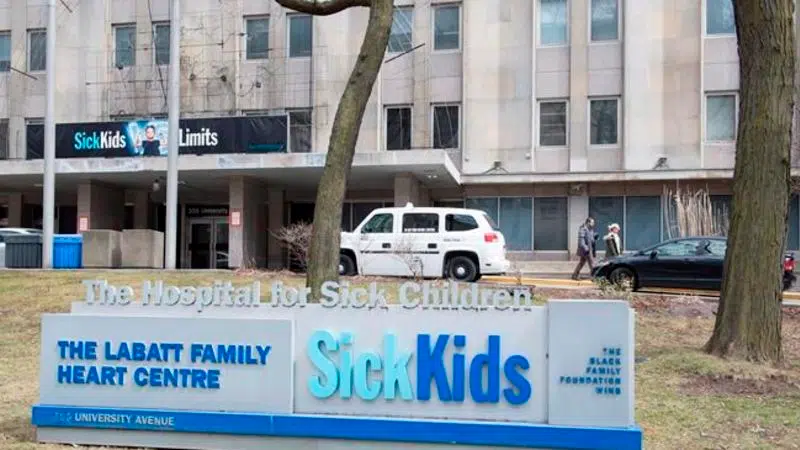
Toronto doctors aims to scale up youth suicide prevention program across Canada
VANCOUVER — Rising youth suicide rates have prompted doctors at the Hospital for Sick Children in Toronto to launch a clinical trial aimed at testing whether involving families in treatment could prevent such deaths across the country.
Child and adolescent psychiatrist Dr. Daphne Korczak and Dr. Yaron Finkelstein, staff physician in pediatric emergency medicine, are part of a team behind a six-week program that includes adolescents who showed up at the hospital before or after they attempted to take their own lives.
The latest data from Statistics Canada from 2011 show 140 deaths due to intentional self-harm for boys and 58 for girls between the ages of 15 and 19. Considerably more cases involving youths trying to kill themselves do not end in death but lead to emergency-room visits.
“There has been an increasing trend among youth in the number of hospitalizations for intentional self-harm over the past five years, the bulk of which can be attributed to a 102-per-cent increase for girls since 2009-2010,” Stats Can says. “For girls age 10 to 17, intentional self-harm make up 45 per cent of all injury hospitalizations in 2013-2014.”


